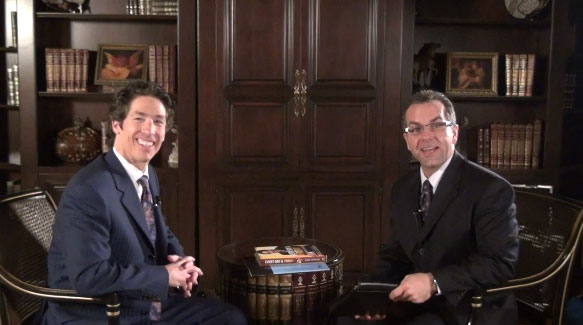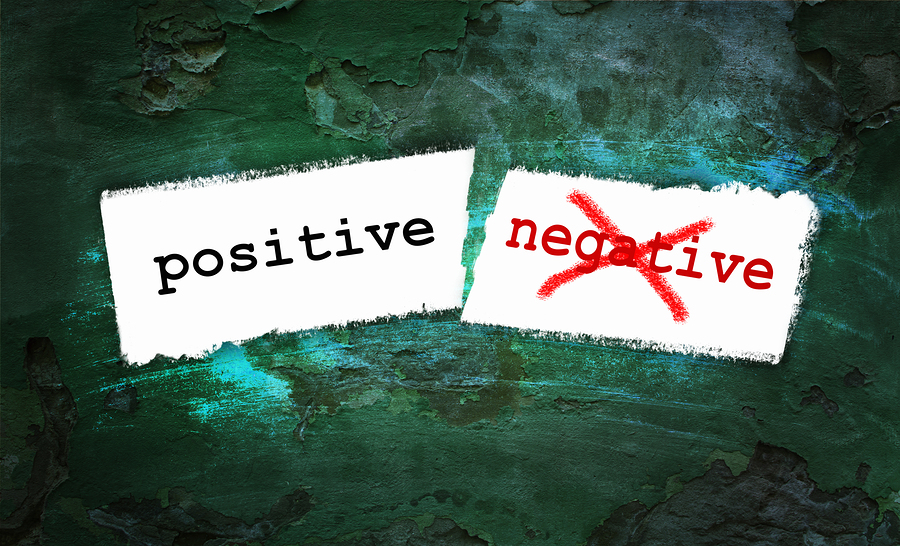You can broadcast happiness and positivity. Former CBS news broadcaster Michelle Gielan shares how to be more positive and increase your happiness.
Tag: Positive Thinking
Quotes and Leadership Lessons from Joel Osteen
6 leadership lessons I learned from my visit to Lakewood Church and time with Joel Osteen. Plus some of my favorite Joel Osteen quotes.
Assume the Positive
Why are we so quick to blame, complain and assume the negative? Try starting with the positive. Assume positive intent and watch everything change.
How Mary Kay Cosmetics Shaped My Business Career
Putting powerful ideas into your mind propels you to success. Be conscious of what you’re putting in your mind because it may determine your destiny.
A Quick Start for Your Day – My Conversation With Joel Osteen
Video interview with Pastor Joel Osteen of Lakewood Church.




